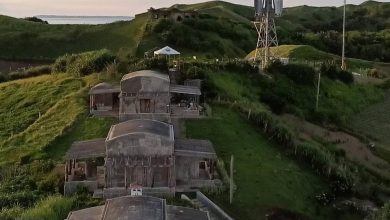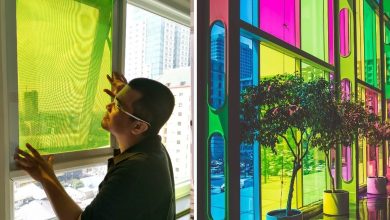
Solar Energy: PH Joining The Green Revolution
Solar Energy is the future, and the future is now.
The energy the sun provides to the earth for one hour could meet the global energy needs for one year. Yes, you read that right! The sun is a powerful solar energy source that when harnessed, even a fraction of this energy can make a significant difference to our planet.
Solar energy was long viewed as something of a luxury. For a time, it seemed as if only rich individuals or big corporations could truly take advantage of it. Filipinos believed the same thing. Many of us believed that it was costly and inappropriate for everyday use. However, technology has caught up, and these have been proven to be untrue.
The good news? Solar power generation in Asia is fast expanding, especially in the Philippines. Now, the Philippines has greater growth potential to house solar farms. We have plenty of available land area perfect for this. In fact, we already have built some through the years! Here are some of our favorites:
Calatagan Solar Farm
The Calatagan Solar Farm near the foot of Mount San Piro in Calatagan, Batangas has received the title of “the largest solar facility completed in the Philippines to date.”
It spans 160 hectares and provides power to the western part of Batangas. The farm was made possible because of Solar Philippines which is a renewable energy firm led by 22-year-old entrepreneur Leandro Leviste. Today, the farm consists of 200,000 solar panels.
READ: Filipina Champions of Sustainability
Tarlac Solar Farm
Another hallmark of solar energy being embraced is the Tarlac Solar Farm which started its operation in April of 2019. It has contracted its output to Manila Electric Co. (Meralco) at P2.9999 per kilowatt-hour to make it the lowest-cost power plant in the country.
Tarlac Solar Farm has a full capacity of 150 megawatts (MW), allowing it to help address the Luzon grid’s power shortage, which has ranged from 100 MW to 200 MW. The additional supply means averting rotating blackouts for up to 500,000 households. This translates to more than the entire residential demand of Tarlac.
The Tarlac project uses panels manufactured by Solar Philippines in its factory in Batangas. The factory is developed, constructed, owned, and operated by Solar Philippines.
Raslag Solar Power Plant
The original RASLAG 10 MWp power plant occupied an area of 129,438 square meters. Then in 2015, there was an addition of 133,772 square meters extension which now makes the total plant size at 263,210 square meters. The RASLAG expansion produces 19,438-megawatt hours per year, which can supply about 11,700 households, saving 14,300 tons of carbon emission (CO2) every year.
GigaSol Palauig Solar Farm
AC Energy Corp’s 63-megawatt GigaSol Palauig solar farm commenced operations last year. The main reason for its construction is to help supply power to the Luzon grid. The P2.39 billion facility in Zambales generates over 90-million kWh of power. That is a lot of solar energy and power.
Aside from the Zambales plant, AC Energy also started the construction of another solar farm in Arayat-Mexico, Pampanga. The P2.75-billion 72 MW facility is a 50-50 joint venture with Citicore Solar Energy Corp.
Cadiz Solar Power Plant
Subsidiaries of French firm Bouygues Construction, one of the worldwide leaders in renewable energy like solar energy, handed over Southeast Asia’s largest solar farm to Helios Solar Energy Corporation during an inauguration ceremony in Cadiz, Negros Occidental on March 3, 2016.
This solar farm produces a total output of 132 MWc and provides almost half the energy needs of Negros Occidental through 425,000 solar panels installed across 170 hectares of land. Bouygues will also be responsible for operating and maintaining the plant with approximately 60 local employees working on-site.
—
The sun is a virtually unlimited source of solar energy because it’s renewable and readily available. Thus, it would be a winning investment, not only for the people but also for the environment.
Using solar energy helps save the environment by reducing gas emissions and reducing carbon footprint. Also, it promotes better health because of fewer air contaminants produced. The solar revolution has a bright future with plenty of promising benefits, not only for Filipinos but for all of humanity.



